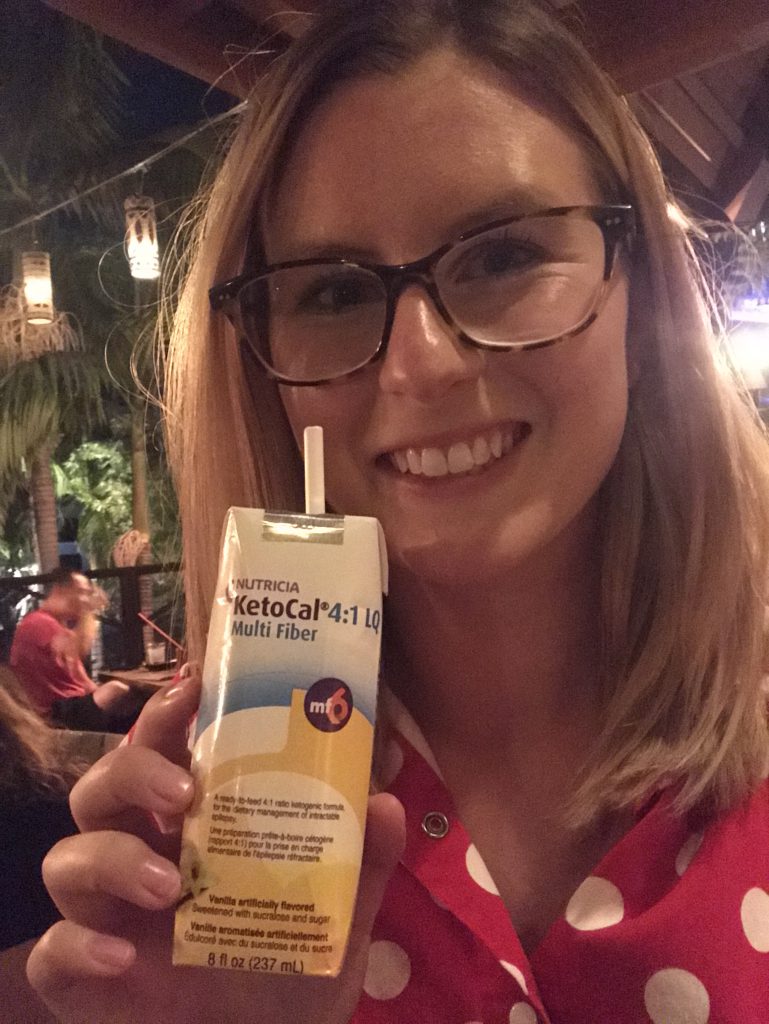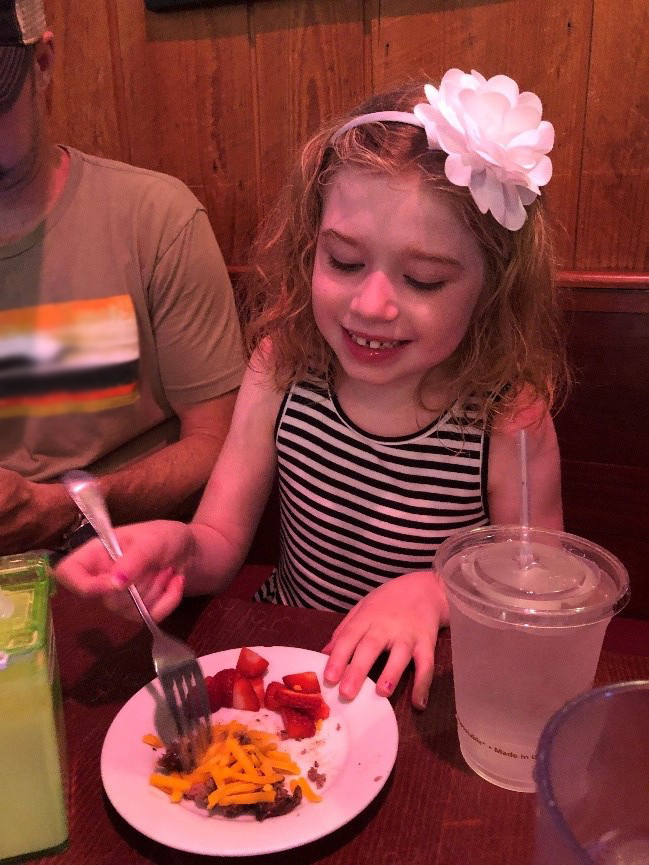
My name is Rachel Finn, and I am a chef at a children’s hospital where I help create recipes for children following a medical ketogenic diet for the management of intractable epilepsy. Working with Nutricia North America, I created a new, versatile dough recipe, KetoCal® 2:1 Dough, and it has become the go-to keto dough for almost everything! It is made with the KetoCal® 3:1 Powder, which is unflavored and works nicely for a savory dough. I’ve used this dough as the base to create a variety of other keto-friendly recipes – check them out below! These recipes were shared at our most recent Keto University for professionals administering the ketogenic diet in the medical field, and they were a big hit!
Ketogenic Dough Basics
Carbohydrate-heavy foods like pasta and fries are undoubtedly the basic foods patients understandably miss the most when being on the classic, modified ketogenic or modified Atkins diet. My new KetoCal Dough recipe is at a 2:1 ratio. It can be used for various dishes from pocket sandwiches, to faux French fries, to even pizza rolls that resemble what the rest of the family might be eating. If you’re a bit more adventurous, you can also use this dough recipe to create samosas with cilantro chutney, crab rangoons, or empanadas. Serve these recipes with high fat sauces or with a high fat drink on the side (such as KetoCal or heavy cream) to reach your needed ketogenic ratio. Ask your healthcare provider for help to modify these recipes to reach your specific requirements.
KetoCal 2:1 Dough is found as an ingredient in MyKetoPlanner. Using the dough as the base, you can individualize recipes to fit into specific ratios. The following recipes each use 40 grams of dough that will provide a large enough portion to work with and make a filling meal or snack.
Once made, KetoCal 2:1 Dough can be stored for 24 hours wrapped in plastic in the refrigerator. You can also freeze these recipes if you prefer to make your ketogenic meals ahead of time. However, for best results, making, baking, then eating immediately is recommended.
Ingredients are weighed in grams for consistent results. For each of these recipes, the dough is weighed (40 grams) prior to baking.
Tools You Will Need:
Parchment paper and a rolling pin are essential tools for rolling this dough. For small helping hands, a 1-inch dowel rod cut into 12-inch section is easy to grasp and roll. Send us pictures of your keto kids helping to create these recipes!
The Recipes:
To download a PDF of these recipes for print, click here.
KetoCal 2:1 Dough (view recipe in MyKetoPlanner)
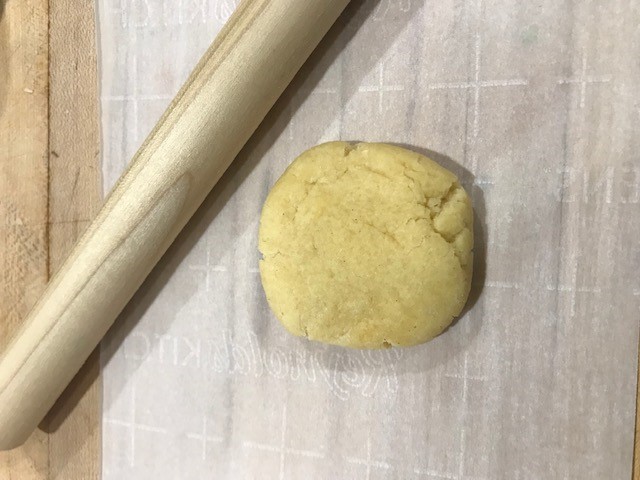
Keto Pocket Sandwiches Recipe (view recipe in MyKetoPlanner)

Keto Beef Samosas Recipe (view recipe in MyKetoPlanner) with Cilantro Chutney (view recipe in MyKetoPlanner)
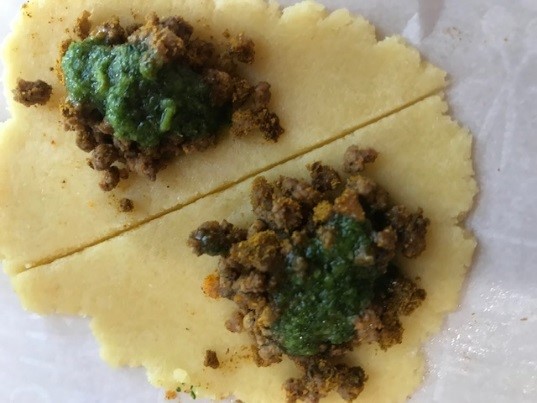
Keto Empanada Recipe (view recipe in MyKetoPlanner) with Chimichurri Sauce (view recipe in MyKetoPlanner)
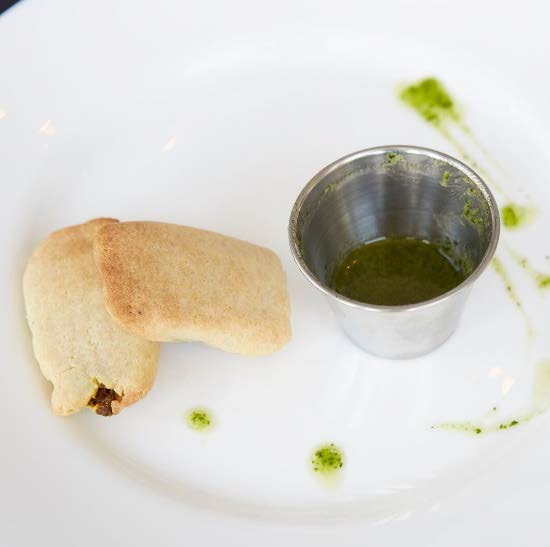
Pizza Bites or Ravioli Recipe (view recipe in MyKetoPlanner)
Keto Crab Rangoon Recipe (view recipe in MyKetoPlanner)
Keto Faux Fries Recipe (view recipe in MyKetoPlanner)
Keto Butter Pasta Recipe (view recipe in MyKetoPlanner)
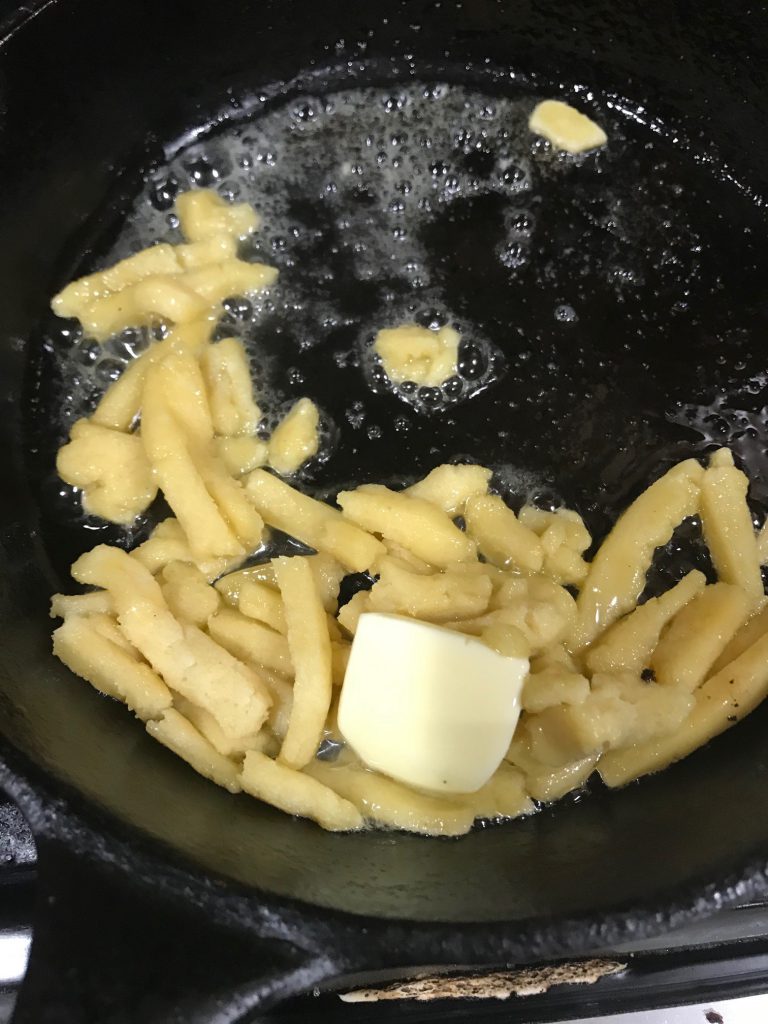
This KetoCal 2:1 Dough is surprisingly easy to whip up! It is versatile and can be used for many different ketogenic recipes. Be creative and let us know what dishes you come up with!
Please be sure to individualize recipes for your specific diet plan with the help of your healthcare provider.
-Chef Rachel
I was paid by Nutricia North America for my time to create this blog post, however, my opinions are my own.
KetoCal® is medical food for the dietary management of intractable epilepsy and is intended for use under medical supervision. Talk to your healthcare provider about whether KetoCal is right for you.
*Hellmann’s® and Best Foods® are registered trademarks of the Unilever Group of Companies. Kikkoman® is a registered trademark of Kikkoman Corporation. Philadelphia® is a registered trademark of Kraft Foods Group Brands LLC. Unilever, Kikkoman Corporation, and Kraft Foods Brands LLC are not affiliated with Nutricia North America and have not endorsed the proposed use of their products in this recipe. Specific brand names are referenced to ensure consistent nutritional composition necessary to maintain the medical ketogenic diet. KetoCal is a registered trademark of SHS International Ltd.
For more information on the medical ketogenic diet for the management of intractable epilepsy, visit www.ketogenicdietforepilepsy.com.
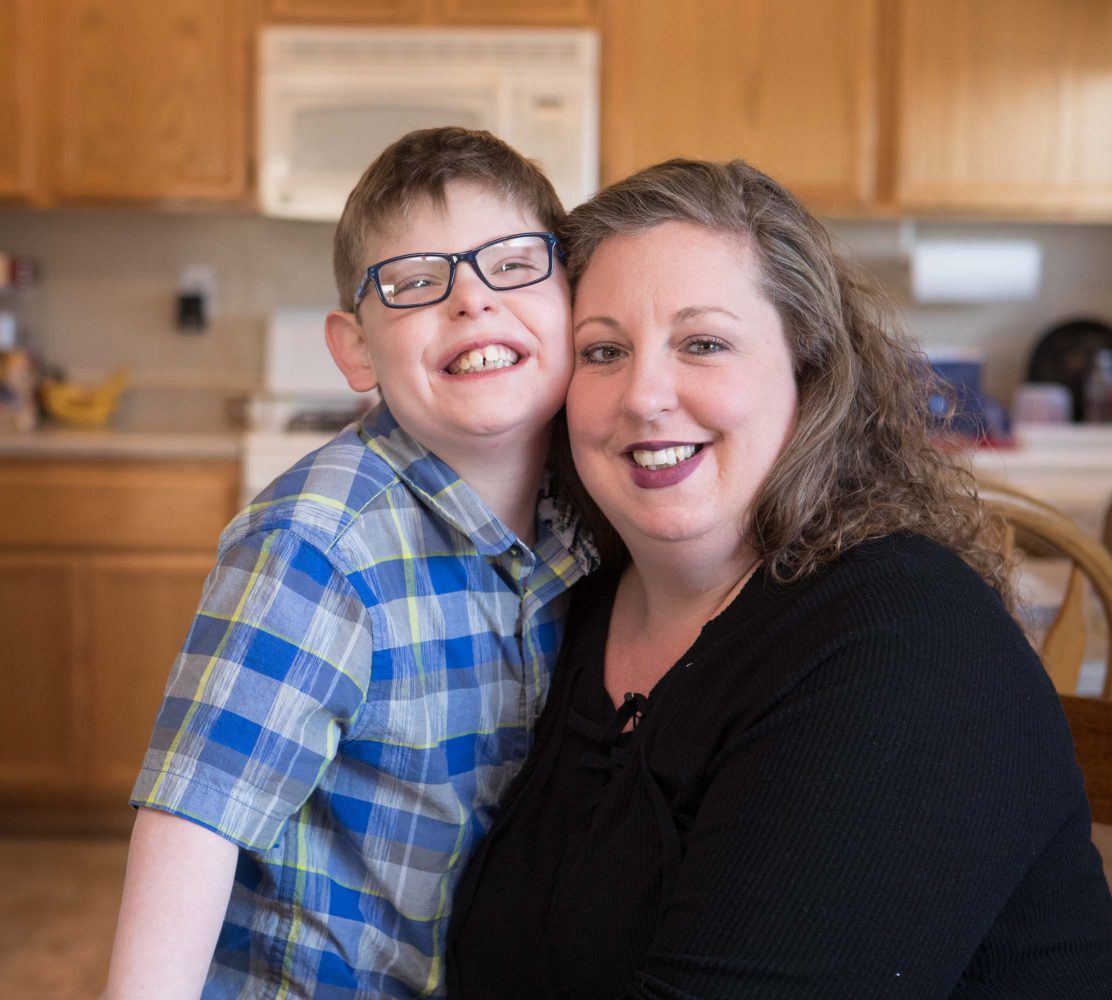
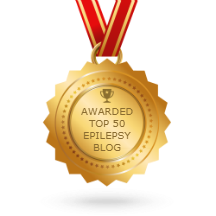
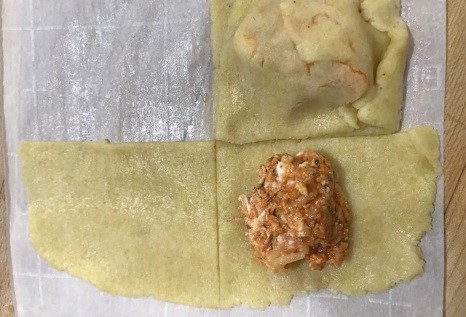
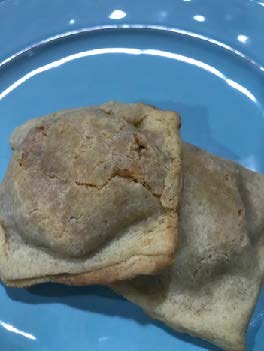
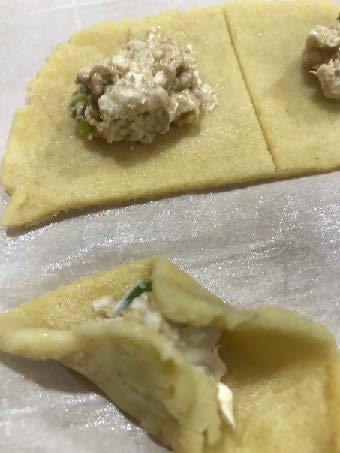

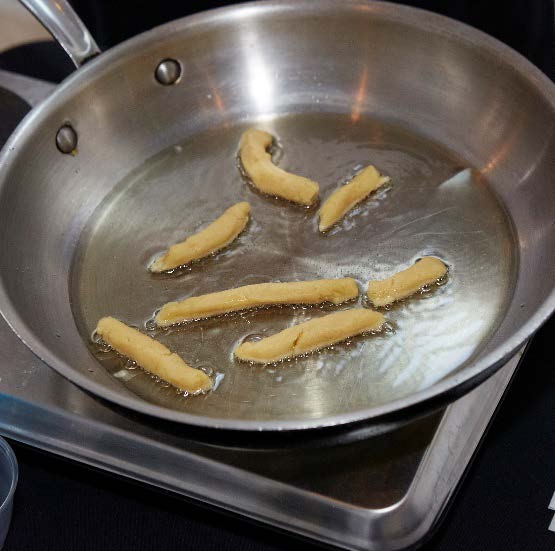
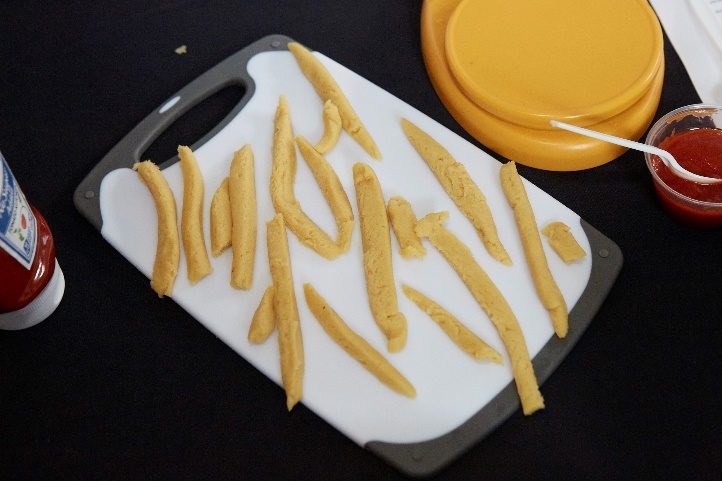
 Follow
Follow
